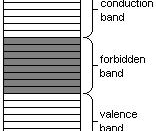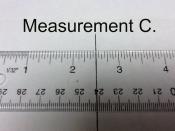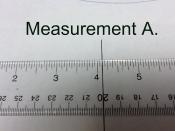Abstract
The experiment was to find out if the emotional fluctuation was reflected in biological responses. Galvanic skin conductance, pulse and inter beat interval was used as indicators to measure the emotional fluctuation of the subject. These informations were pick up by a computer through applying electrodes to the experimental subject. It was found that the actual statistical outcome did match with the expected outcome; there was a significant change in biological responses to stimuli, when the stimuli was presented in an unexpected format or the content of the stimuli itself was sensitive to the subject.
The galvanic skin response (GSR), also known as the psychlogalvanic reflex (PGR) and electrodermal response (EDR), is the most sensitive physiological indicator of psychological events available to the psychologist. (Montagu, J. D. & Coles, E. M., 1966) It is a convenient and sensitive index of autonomic arousal that has been used as a measure of emotion in laboratory studies.
GSR cover two distinct but related phenomena, they are the drop in the electrical resistance of the skin to the passage of an applied current which is discovered by Fere(1888) and the change in the natural potential difference between two areas of the body surface which is the phenomenon of Tarchanoff(1890). Although the quantitative relationship between them is uncertain, these two phenomena normally occur spontaneously (Montagu, 1958). In our experience, we would focus on the change in the electrical resistance of the sin to the passage of an applied current.
Regarding the peripheral mechanism of the GSR, there have been three basic theories: the muscular theory, the vascular theory and the secretory theory. (Montagu, J. D. & Coles, E. M., 1966) The muscular theory attributed the electrical changes to muscular activity beneath the skin at the site of the electrode (Sidis & Nelson, 1910). The...


